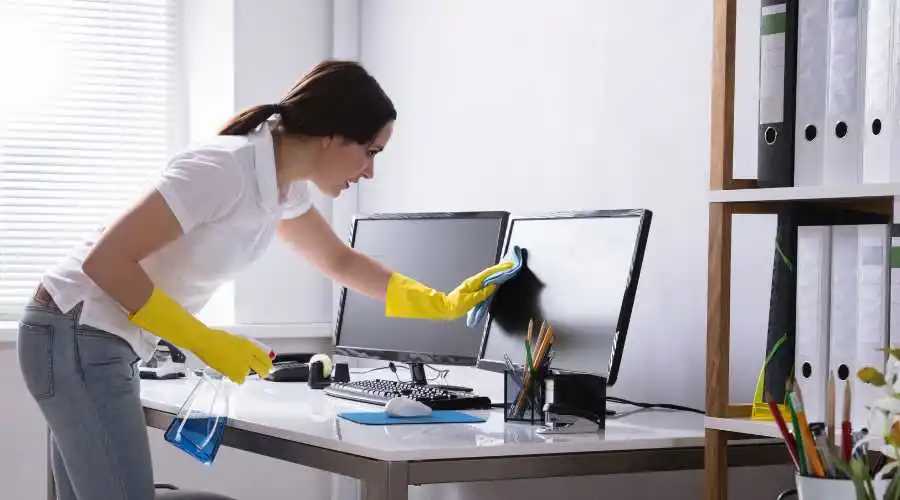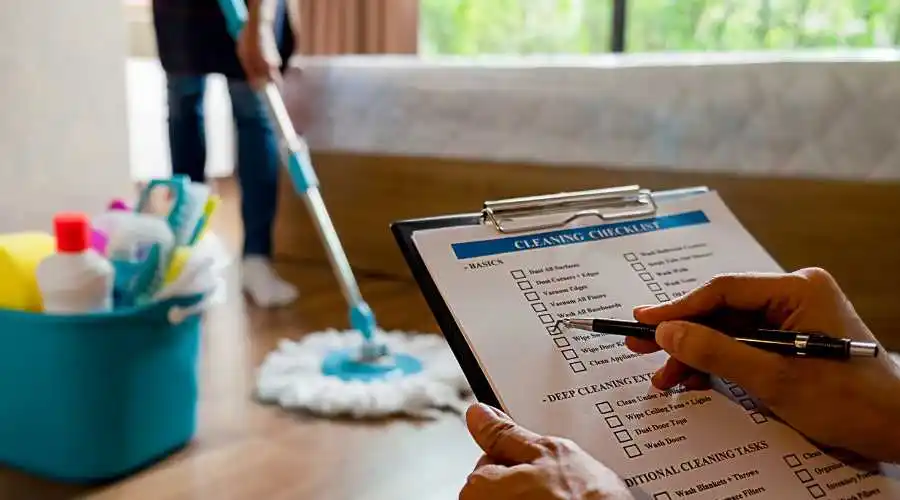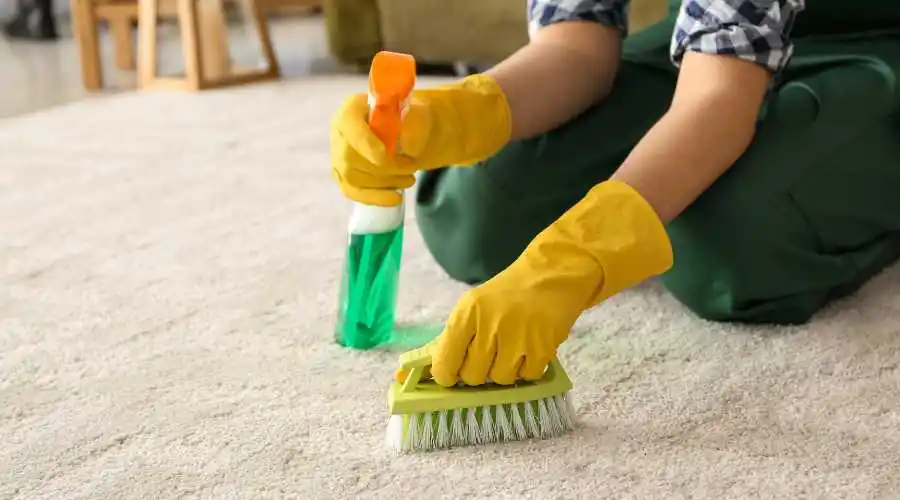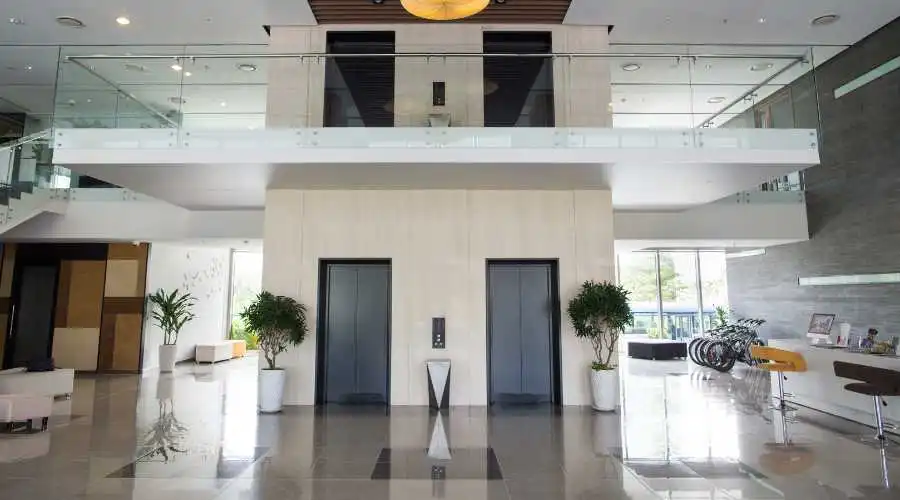The term “sick building syndrome,” or SBS, according to the US Environmental Protection Agency describes situations in which building occupants experience immediate health and comfort effects that seem to be related to time spent in a building but where no specific illness or cause can be determined (EPA). Or, to put it another way, a structure might be causing your illness. With the aid of the pros at Union City Carpet Cleaners, discover the origins and symptoms of sick building syndrome.
symptoms of sick-building syndrome
Some people might think that a virus is to blame for their SBS. However, when you have a cold, virus, or a related illness, your symptoms accompany you everywhere—from home to work and back. Any SBS symptoms you may have will most likely disappear quickly after you leave the region. You will start to feel better as long as you stay outside the building.
Sick building syndrome may cause only one symptom, a group of symptoms, or even a shift in symptomology from day to day. There are instances when you experience one SBS symptom while a coworker experiences another. Various signs of the sick building syndrome include:
- Headaches
- chest pain and
- dizziness with or without coughing
- nausea,
- exhaustion, and
- sore muscles
- fever and a sore throat, along with eye discomfort
- Having a skin rash, bleeding noses, stuffy noses, or congested nostrils, being difficulty focusing, and preferring scents
No matter which symptoms your employees experience concurrently, being ill due to the environment may have a negative impact on performance. SBS can actually reduce productivity and may even increase absenteeism, according to a National Center for Biotechnology Information (NCBI) research. If the number of sick days has recently increased, investigate the building as a potential offender.
Workplace Prevention Methods for Sick Building Syndrome
By being aware of some of the causes of the condition, you may aid in SBS prevention in your establishment. According to EPA, the causes and contributing factors for sick building syndrome. The following are some of the SBS causes:
- pollution in the indoor or outdoor environment
- due to inadequate ventilation biological contaminants including mold and bacteria
To lessen the likelihood that SBS will spread throughout your workplace, take the following actions:
- amplify the ventilation.
- Make careful to maintain and clean your HVAC systems.
- Make use of heavy-duty HVAC filters and swap them out as needed.
- In order to avoid the growth of mold and mildew, replace any soaked ceiling tiles.
- Replace any carpet that appears to be flooded.
- To stop the growth of mold, regularly clean the grout and all tile.
- Remove any animal waste that could be there, such as rat, birds, and bug droppings.
In order to improve office air quality and lessen the signs of sick building syndrome, it is possible to reduce the number of dust mites, mold spores, pollen, and other allergens in the office. Additionally, regular cleanings may maintain the establishment looking tidy and welcoming for both personnel and guests.
Not to mention, a clean facility is one that is conducive to wellness. A tidy workplace might have a positive impact on employee morale, productivity, and sick days. contact the professionals at Union City Carpet Cleaners if you’re concerned that problems in your building could exacerbate the symptoms of sick building syndrome. To accommodate your special requirements and busy schedule, we provide a variety of services. We’re pleased to assist you in setting higher standards for your facilities since we’re dedicated to delivering the highest levels of cleanliness on every assignment. Check this great post.







